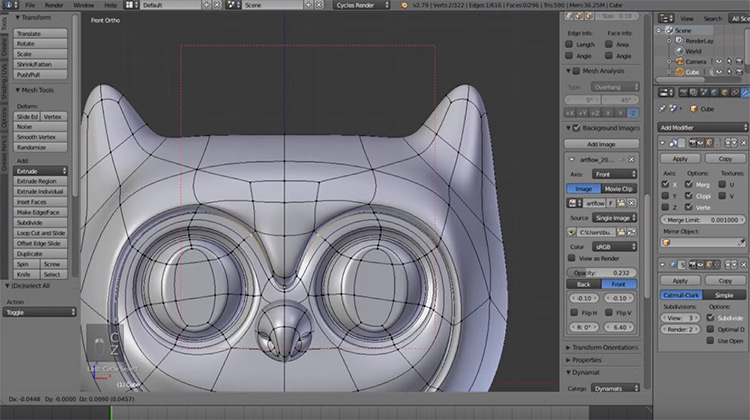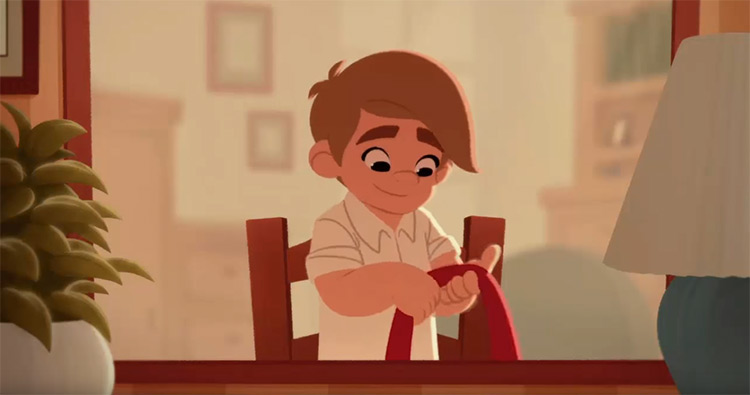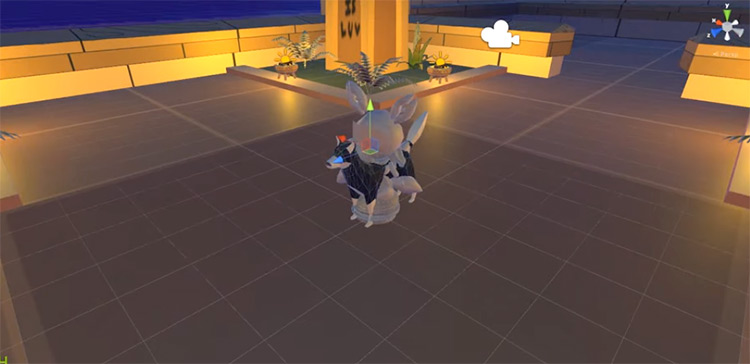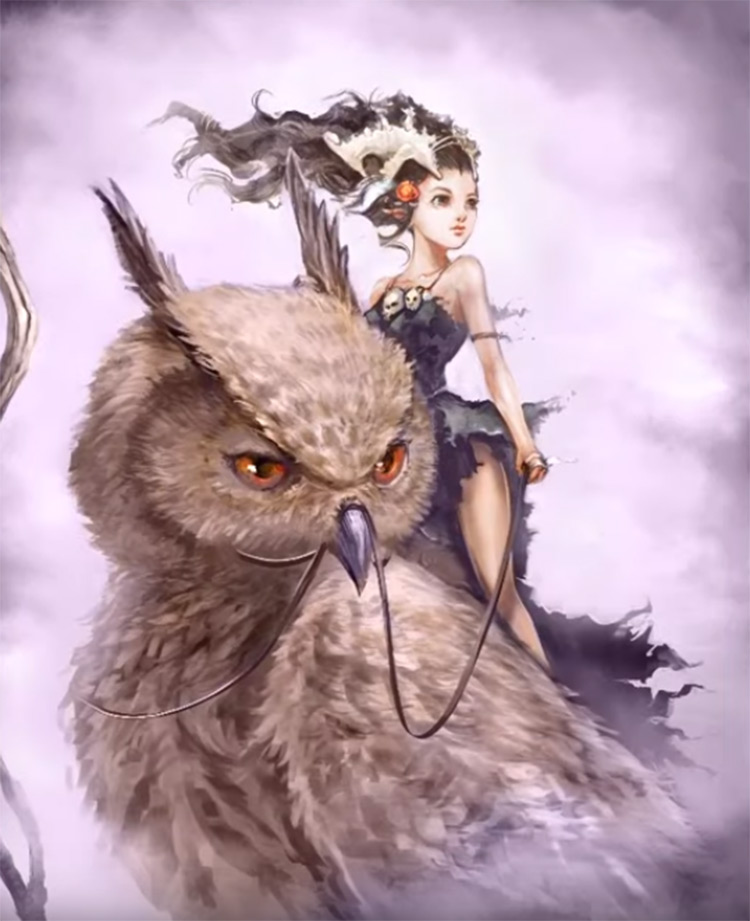2d 3d Architecture Design Freelance Jobs Cad
CG Art: What It Is & What CG Artists Do
Tips3D Disclosure: This post may contain affiliate links. That means if you buy something we get a small commission at no extra cost to you(learn more)
A CG artist is a digital artist that creates computer generated images(CGIs) for all types of multimedia. This can include 2D work or 3D assets that are used in games or animation.
Getting more specific, 2D assets are usually made using Adobe Photoshop or similar software and are usually used as textures or UIs(user interfaces/menus) in games. These assets can also be standalone digital artwork that can be used as marketing materials.
3D assets are mostly the models and digital properties that make the assets within a game or other interactive media. CG artists have a ton of software to pick from but some of the most common are Blender, 3DS Max, and Maya.
And these 3D assets can also be used to produce 2D renders that can then be used in the same way for promo material, packaging, etc.
CG Images
CGI images have a large use case in many different sectors, and as such are in high demand by many companies. CG artists are definitely doing well in the market at the moment because of the business applications too(for example, architecture or city planning).
There are many companies that specialize just in this area for architectural firms producing marketing images for potential buyers or investors.

CGI assets are very useful for products too, especially those that are still in the design phase.
These images are used to get a proper visualization of the product and see if it fits for the purpose, and used to help make design decisions early on.
Many architects and product designers shy away from traditional blueprints and opt for using CAD (computer aided design) software to produce their design documents.
Much like the difference between traditional art tools vs. software like Photoshop, the additional flexibility in digital CG software is invaluable.
3D software can produce hyper realistic images with their abilities to calculate how lighting and reflections behave. This can make them actually more sought after than photography for some products, as it removes all the limitations from a physical camera or lighting.
A good example of this is getting crystal clear macro shots with no heavy blurring elsewhere in the image. And that's just one example of CG work in a business-focused area.
Animation
Both 2D and 3D assets can be used to produce animation which can be superimposed into live action footage for films and video.
Maybe the best example is 1996's liveaction + animated film "Space Jam".
But these assets can also be used as standalone videos or films if that is more fitting to the chosen art style.
Examples of these include more recent animations("Princess and the Frog", "The SpongeBob Movie" etc.) or even some newer films by DreamWorks made in 3D ("Toy Story", "Shrek", etc.)

Animation is a very important tool in a CG artist's toolbox. It can be used to convey far more information than a standard still image, and CG animation is generally cheaper than traditional 2D animation.
With 3D techniques you can tell an engaging story and build up entire worlds, all while creating re-usable assets and a streamlined process.
But with these benefits comes a drawback of time.
Producing a single 3D image takes much less time than a full 3D animation. And in context where movement is absolutely needed, live action can also be produced faster (and potentially for cheaper).
While 2D animation is still a common practice in certain studios (such as Studio Ghibli), the modern advancements in computation power and workflow makes it cheaper and more viable to produce 3D on a larger scale.
This is why there seems to be a much lower number of 2D animated films coming out now compared to 20 years ago.
Even Disney, the company that led the revolution of 2D animated feature films, seems to be distancing itself from this business model having only released two 2D animated feature films in the last 10 years.
Games/Interactivity
CG art is always very important if the product requires interactivity. Or if you are making a game(naturally) since live action footage is very limiting for video games.
2D art used to be the only way to produce video games, if you can remember arcades and the NES/SNES era.

With the limited technology at the time only allowing a certain number of pixels to be displayed at any one time, it meant 3D/CG could be used for models but not in-game assets.
But with tech growth we now see most big budget modern games opt for 3D assets.
Granted 2D games are made by smaller development studios now as passion projects like "Cuphead". But the real AAA titles all use CG artists for their production.
Most big budget game studios want to try and make their games as realistic looking as possible since graphics engines can handle it.
This means they all use 3D assets for the most part; taking advantage of their game engine's rendering to calculate realistic lighting in real time.
Note that CG art doesn't just have to be used in games; they are widely used in other interactive media as well, such as training applications or marketing material.
Next time you fly check out the onboard in-flight media console—many of the instructional videos are complete 3D animations with some interactive games too.
About CG Artists
As you can see, the term "CG artist" is quite broad used for multiple disciplines. But it really boils down to mean one thing: an artist that creates graphics & assets using a computer.
You do not have to be specialised in everything to become a CG Artist. In fact it may actually be better to focus in one area and be known for that specialty.

I think it's almost always better to specialize into a smaller subset of CG art so you can spend more time practicing and improving that particular skill.
For example, at Disney they have divisions of artists. Some may just work on 2D storyboarding creating digital story panels, and others may just work as 3D character animators.
These are very different job roles but they can both still be considered CG artists.
For better or for worse, the traditional mediums of producing art are on the downturn in large scale operations due to the rise in CGI.
The many benefits of producing work digitally are outweighing the more dated methods of producing art, even if they may lack a certain charm in doing so.
CG is easier to transfer or copy, and these graphics are easier to go back and edit. They can be easier or cheaper to produce and depending on what the end goal is, production can look far superior than hand-painting animation cels one by one.
The CG industry isn't going anywhere so if you're interested then now's the time to get into it.
But I hope this helps give a better understanding as what CG art actually is, and what CG artists do in their day-to-day work.

Author: Thomas Denham
Thomas is a 3D creative working with both high and low poly modelling for still renders or real time engines. He is currently working freelance after spending 4 years at a multi-national VR company. To see Thomas' work and learn more, feel free to look at his personal site.
2d 3d Architecture Design Freelance Jobs Cad
Source: https://conceptartempire.com/cg-art/
Posted by: reedontomprods.blogspot.com

0 Response to "2d 3d Architecture Design Freelance Jobs Cad"
Post a Comment